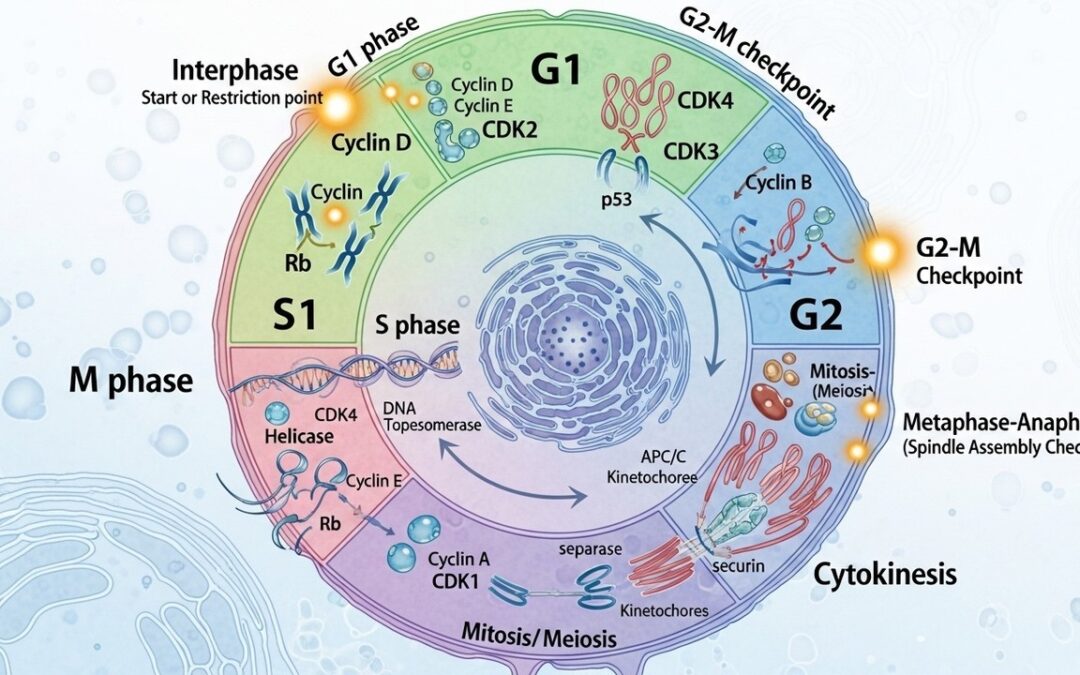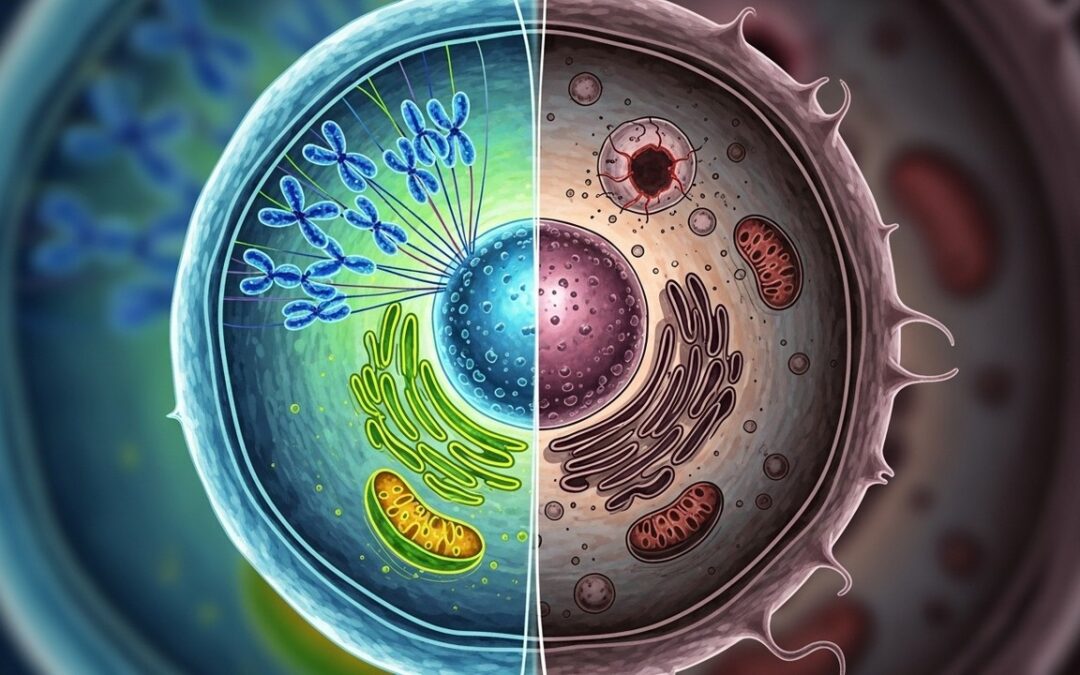Understanding the root system in plants is crucial for anyone studying botany or working in agriculture. This comprehensive analysis explores the essential components and functionalities of plant roots, focusing on their structure, types, and roles in plant health and growth.
The Root System in Plants
The root system in plants functions as the foundation that not only anchors the plant but also provides essential nutrients and water necessary for growth. The root system includes various components such as primary roots, secondary roots, and root hairs, each with a specific role. This system ensures stability, nutrient uptake, and even storage of essential carbohydrates. Without a well-developed root system, plants would struggle to survive and thrive.
We also Published
- The Legacy of Puddled Iron in Contemporary Metallurgy
Puddled iron is a refined form of iron produced through a process known as puddling. It was a significant technological innovation during the early stages of the Industrial Revolution, providing a method to transform crude pig iron into a more malleable and durable material suitable for various applications. The puddling process involves melting pig iron in a reverberatory furnace and stirring it with rods, which oxidizes impurities such as carbon and silicon, resulting in a more refined iron pr… - Cardinality of Sets
The number of elements in a set is called\xa0cardinality. The cardinality of a set A is generally represented by\xa0|A|\xa0or\xa0n(A) meaning the number of elements in set A.\xa0 Examples: The cardinality of the set { 1, 45, 2, 34 } is 4. The cardinality of the set { a, e, i, o, u } is 5. […] - Exploring the Cosmos: Astronomy and the Wonders of the Universe
As we stand on this tiny planet, gazing up at the cosmos, we are reminded of our profound connection to the universe
Components of the Root System
Primary Roots
The primary root, also known as the taproot, originates from the radicle of the seed. This main root grows vertically downward and provides the plant with stability and deep access to water and nutrients. For example, in carrots and dandelions, the primary root stores significant amounts of starch and other carbohydrates.
Secondary Roots
The secondary roots, or lateral roots, branch off from the primary root. They enhance the plant’s ability to access nutrients and water from a larger area of soil. Secondary roots increase the overall surface area of the root system, which is vital for optimal nutrient uptake.
Root Hairs
Root hairs are tiny, hair-like extensions of root cells that greatly increase the root’s surface area. These root hairs are crucial for absorbing water and minerals from the soil. For instance, root hairs might expand the root’s ability to absorb water by thousands of times.
Root Growth and Development
Meristematic Zone
In the meristematic zone, cell division occurs rapidly, facilitating root growth. The cells in this region are undifferentiated and continuously divide. This zone is akin to a factory where new root cells are constantly produced.
Elongation Zone
Following the meristematic zone is the elongation zone, where cells grow in size, pushing the root tips further into the soil. This elongation contributes to the root’s downward and expansive growth.
Zone of Maturation
In the zone of maturation, cells differentiate into various specialized types. Here, root hairs develop, and cells become proficient in absorbing water and nutrients. This specialization ensures that each part of the root performs its specific function efficiently.
Types of Root Systems
Taproot System
The taproot system, consisting of one main root (the taproot) and smaller lateral roots, is typical in dicotyledonous plants. This system allows plants like carrots to store nutrients effectively.
Fibrous Root System
In contrast, the fibrous root system, common in monocotyledonous plants like grasses, features numerous fine roots spread out from the base of the stem. This type of root system prevents soil erosion and maximizes water intake from the soil surface.
Adventitious Root System
Adventitious roots arise from non-root tissues like stems or leaves. These roots can help the plant with additional support, nutrient acquisition, or vegetative propagation. Examples include banyan trees and maize.
Functions of the Root System
Anchorage and Support
Roots anchor plants deeply into the soil, providing stability against various environmental forces. A robust root system ensures that plants remain upright and firmly rooted.
Absorption of Water and Nutrients
Through root hairs and extensive root networks, plants absorb essential nutrients and water. This absorption is crucial for photosynthesis, growth, and overall plant health.
Storage of Food
Many plants store excess food in their roots as starch or other carbohydrates. This stored food provides energy during unfavorable conditions, ensuring plant survival.
Symbiotic Relationships
Roots often form mutualistic relationships with soil microorganisms such as mycorrhizal fungi and nitrogen-fixing bacteria. These symbiotic interactions enhance nutrient acquisition and support plant health.
“A tree with strong roots laughs at storms.”
Mathematical Modeling in Root System Studies
Mathematical models play a vital role in understanding root system architecture and growth patterns. These models can predict how roots respond to various environmental conditions and optimize farming practices.
Consider a typical root growth equation:
\[
R(t) = R_0 e^{(kt)}
\]
where \(R(t)\) is the root length at time \(t\), \(R_0\) is the initial root length, and \(k\) is the growth rate constant.
Genetic and Molecular Basis of Root Development
Genetic factors significantly influence root development and behavior. Genes regulate various aspects of root architecture, responses to gravity (gravitropism), and interactions with soil microbes. Genetic manipulation can lead to crops with optimized root traits for better yield.
For example, the gene AUX1 influences the root’s response to auxin, a plant hormone responsible for root elongation. By understanding and manipulating such genes, we can enhance root systems for better agricultural productivity.
Environmental Impact on Root Systems
Soil Composition
The type of soil, including its pH, texture, and organic content, dramatically affects root growth. Loamy soils with balanced mixtures of sand, silt, and clay typically support robust root systems better than heavy clay or sandy soils.
Water Availability
Roots adapt to varying water levels either by deepening (in search of water during drought) or expanding horizontally (to maximize water uptake in moist conditions). This adaptation showcases the dynamism and resilience of plant root systems.
Temperature and Climate
Roots respond to temperature changes; optimal root growth occurs in moderate temperatures. Extreme temperatures may inhibit growth or damage existing root structures.
Human Activities
Agricultural practices, deforestation, and urbanization affect root systems. Practices like tilling can disrupt root networks, while deforestation removes crucial root masses that stabilize soil.
Applications and Importance of Root Studies
Agriculture
Understanding root systems enables better crop management, enhancing yields and sustainability. Efficient irrigation, fertilization, and soil management practices derive from insights into root biology.
Horticulture
In horticulture, knowledge of root systems informs the best practices for planting, pruning, and breeding ornamental plants. Healthy root systems ensure vibrant and resilient decorative plants.
Environmental Conservation
Roots play a pivotal role in preventing soil erosion and maintaining soil health. Conservation efforts often focus on planting deep-rooted species to stabilize soil and restore ecosystems.
“Deep roots are not reached by the frost.”
Future Directions in Root System Research
Advancements in biotechnology and genetic engineering offer promising avenues for enhancing root systems. Researchers are developing stress-resistant and nutrient-efficient crops, addressing food security challenges.
In conclusion, the root system in plants is a marvel of nature that merits extensive study. As more scientific insights emerge, the applications of this knowledge will further revolutionize agriculture, horticulture, and environmental conservation.
RESOURCES
- Uncovering natural variation in root system architecture and growth dynamics using a robotics-assisted phenomics platform | eLife
- Capturing in-field root system dynamics with RootTracker | Plant Physiology | Oxford Academic
- Frontiers | High Temperature can Change Root System Architecture and Intensify Root Interactions of Plant Seedlings
- Recovering complete plant root system architectures from soil via X-ray μ-Computed Tomography | Plant Methods | Full Text
- Roots Study Guide – Inspirit Learning Inc
- Just a moment…
- Just a moment…
- The amazing system plants use to shape their roots and why it could help protect crops from climate change
- Plant root research: the past, the present and the future – PMC
- Root | Definition, Types, Examples, Morphology, & Functions | Britannica








0 Comments